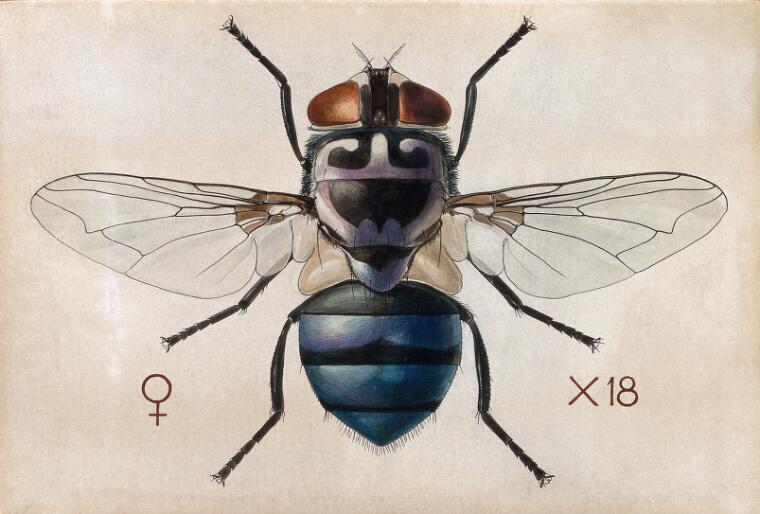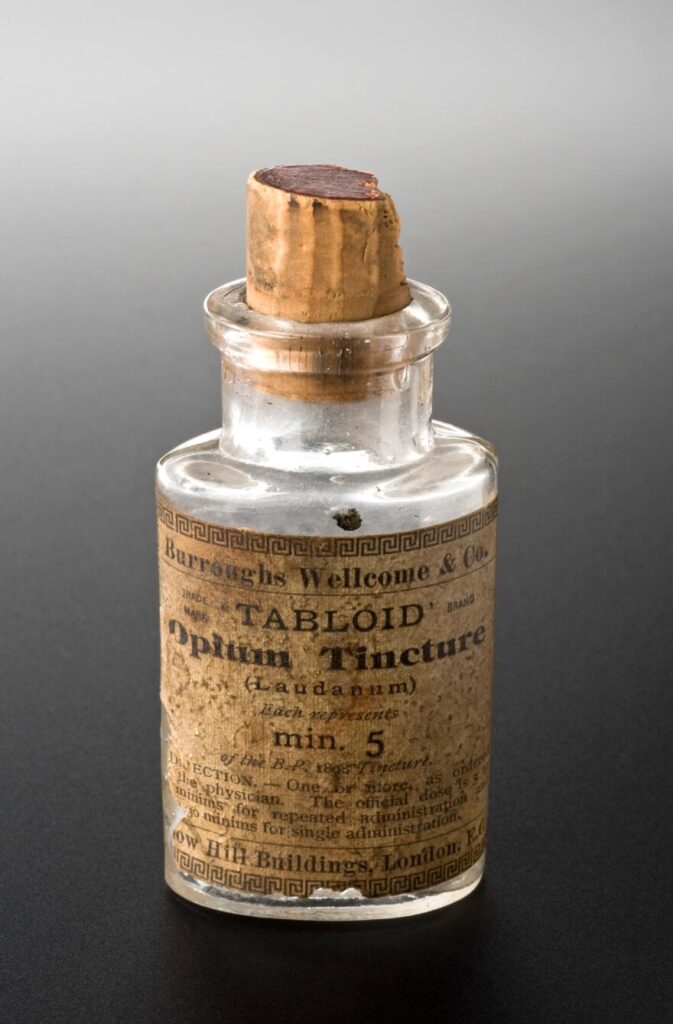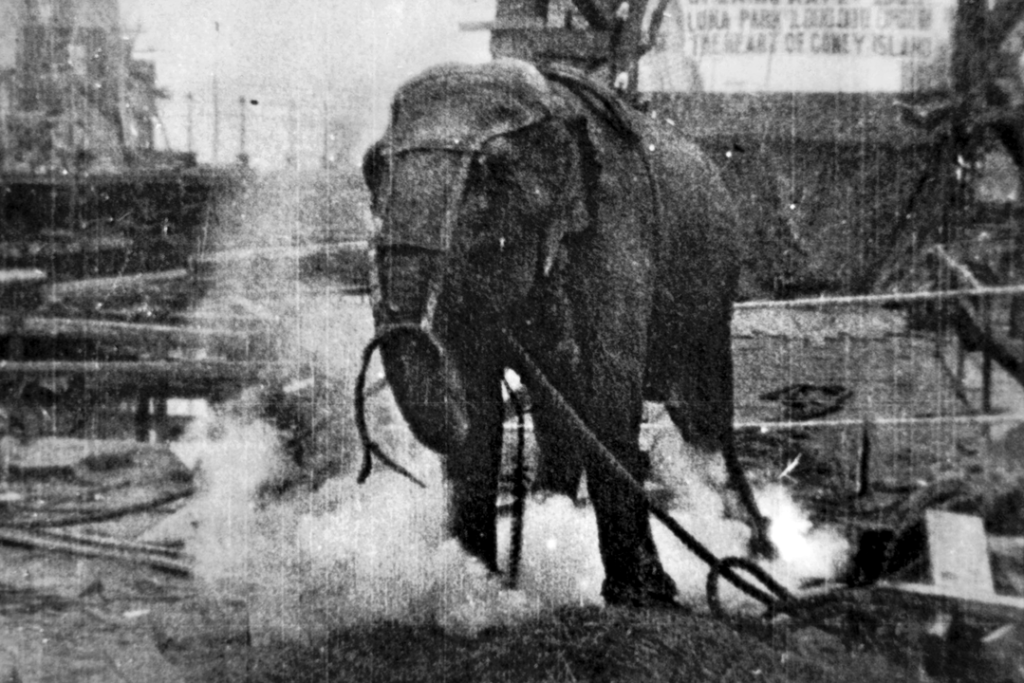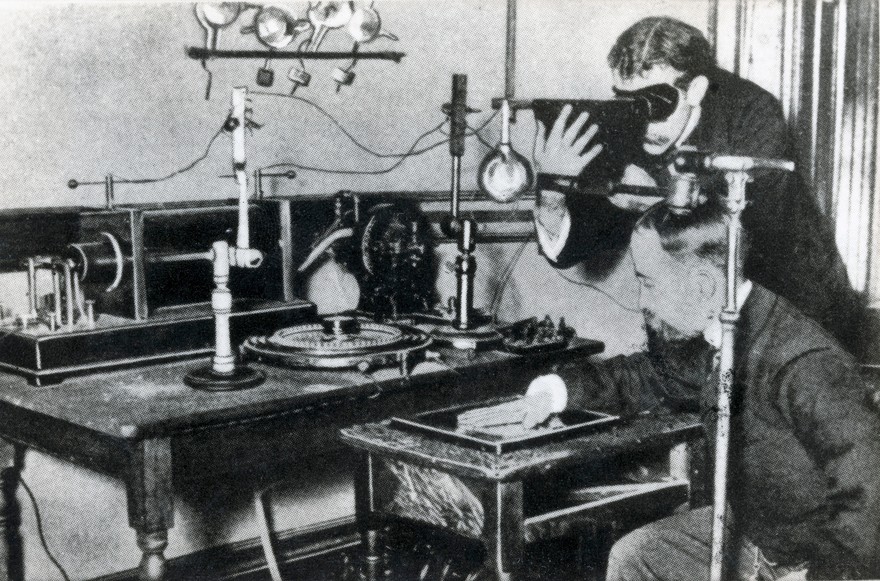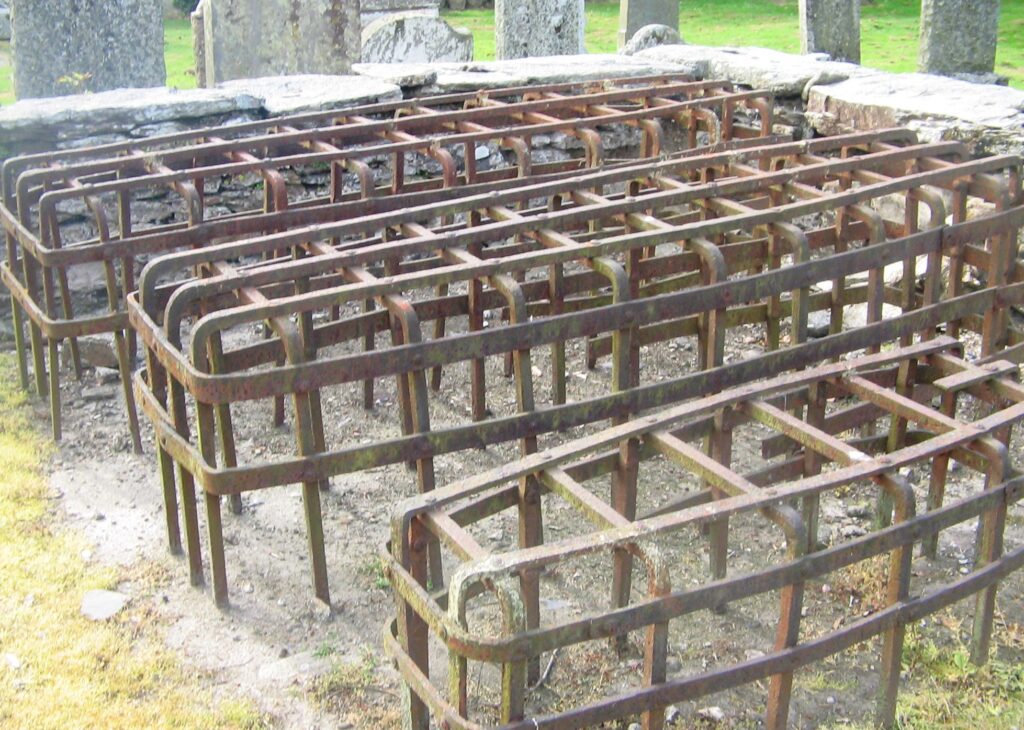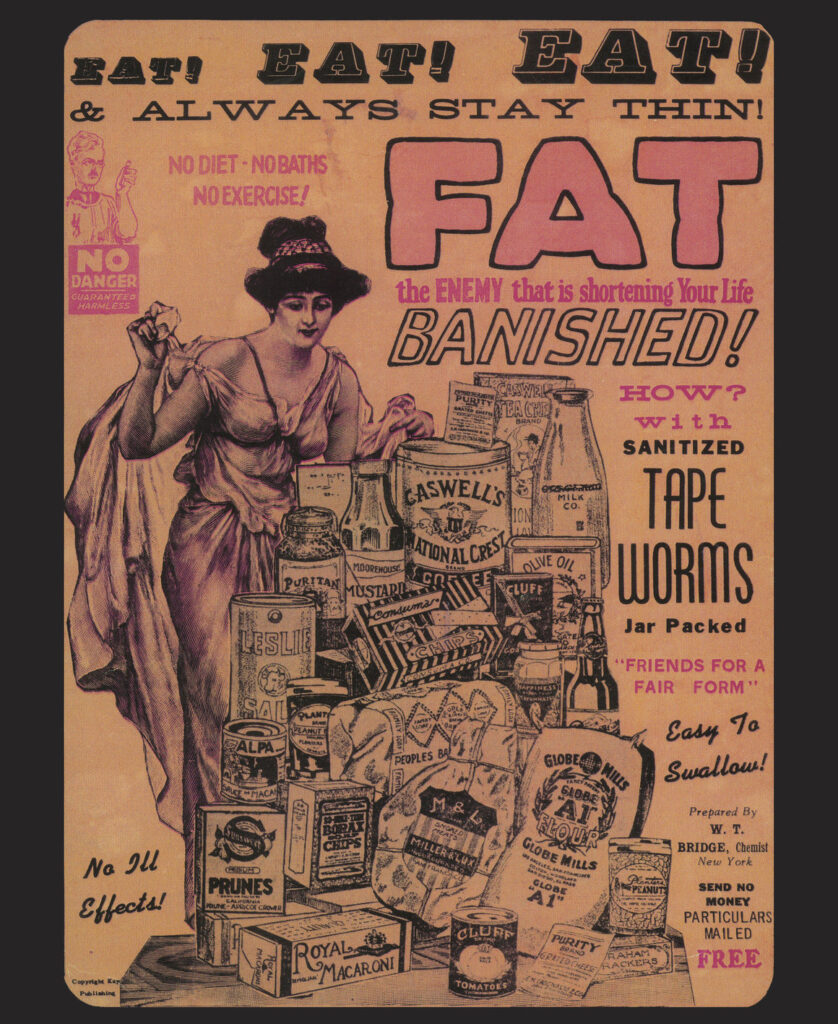Between the 1850’s and the 1880s, the crinoline was a popular item of fashion for women of every social class. Consisting of a series of wide hoops, and often accompanied by a horsehair petticoat, the crinoline was worn underneath the skirts to give a wide silhouette.
However, the article was not without its risks. Thousands of women died as a result of their skirts catching fire, in part due to the width of the petticoats, and also the flammable nature of the materials used in their construction.
Gender Divide
Part of the reason that crinolines were so popular with women was that they were actually a fairly liberating garment. The wide skirts allowed women to create space around themselves, and in hot weather the dresses could even be fanned to create a cooling breeze. On the other hand, many men viewed the fashion trend with scorn, and satirical cartoons depicted ridiculously oversized crinolines, mocking those who wore them. While many male complaints with the fashion were exaggerated or even invented, the crinoline did come with some very real dangers.
Pretty but Deadly
One of the most well-publicised deaths was that of 14 year old Margaret Davey, a kitchen maid whose crinoline caught fire as she was reaching for some spoons on the mantelpiece. Deaths like this one were, however, not uncommon. In 1861, at least six ballet dancers died when they tried to help one dancer whose costume caught fire backstage. Sometimes entire theaters would burn down. It was estimated by the Lancet, a British medical journal, that 3000 women had suffered a similar fate to Margaret in the space of a single year.
Though there were ways of making fabrics less flammable, they often rendered the garment stiff, and the treatment gave the fabric an unattractive yellow colour. This meant that many women eschewed safety in favour of the pretty, floaty fabrics that were often little more than a tinderbox.

Industrial Hazards
However, fire was not the only hazard that confronted crinoline wearers. Many other women were also killed when their skirts became entangled in machinery. In 1864, Ann Rollinson was killed when her crinoline was dragged into an industrial mangle, breaking her spine (though she apparently lived for a further two hours after the accident). Sometimes, hoops could become entangled in carriage wheels, and on windy days women often risked being blown off their feet, which at best would result in embarrassment, even if they managed to avoid serious injury.
Repeating Fashion
The crinoline began to fall out of fashion around 1866, though it enjoyed some revivals in a modified form throughout various periods that followed, including the First World War and during the late 20th century, when designers like Vivienne Westwood, Alexander McQueen and John Galliano used crinolines in their popular designs. Fortunately, these modern interpretations are much safer than their historic counterparts.
Sources and Further Reading
https://www.racked.com/2017/12/19/16710276/burning-dresses-history

